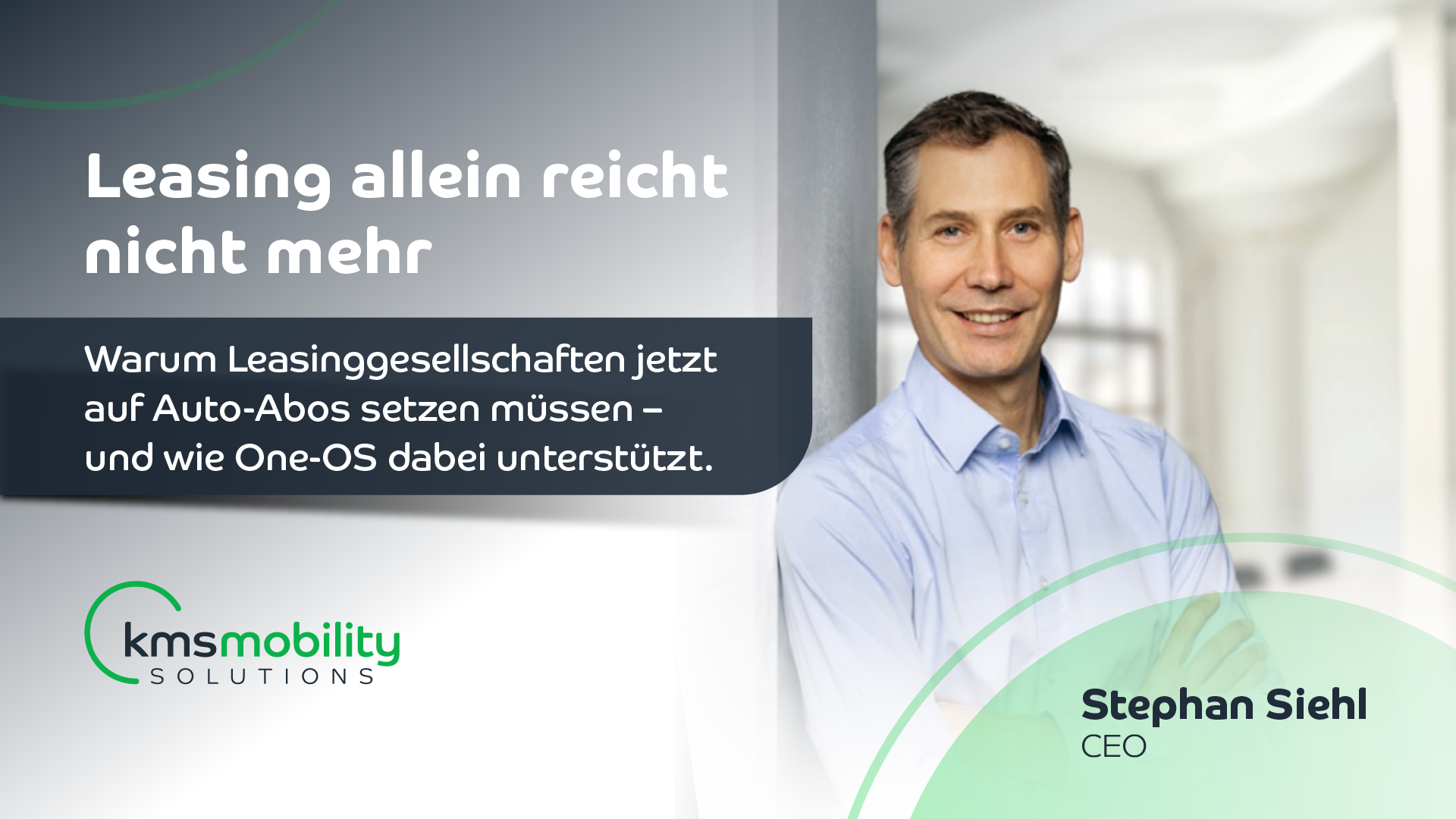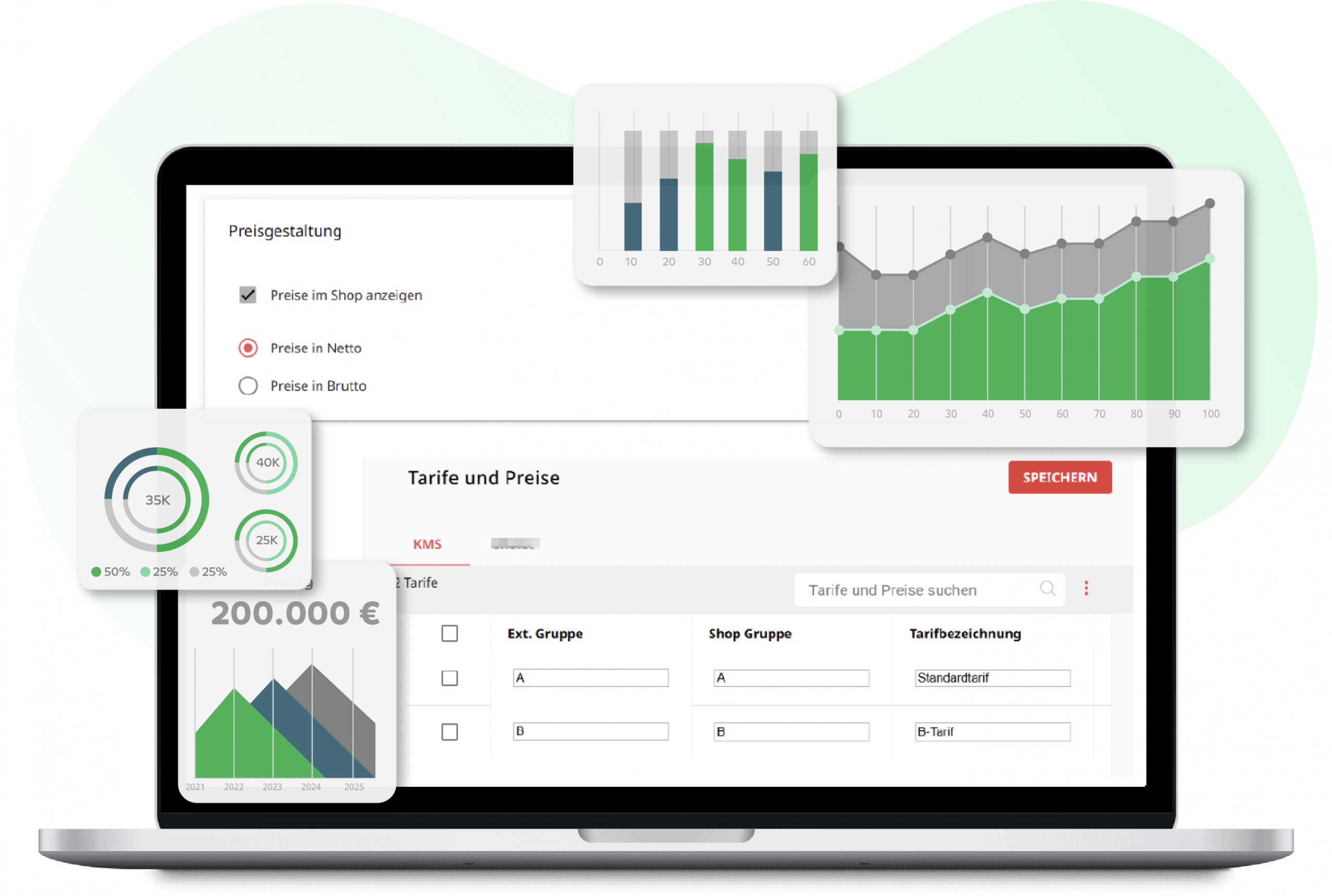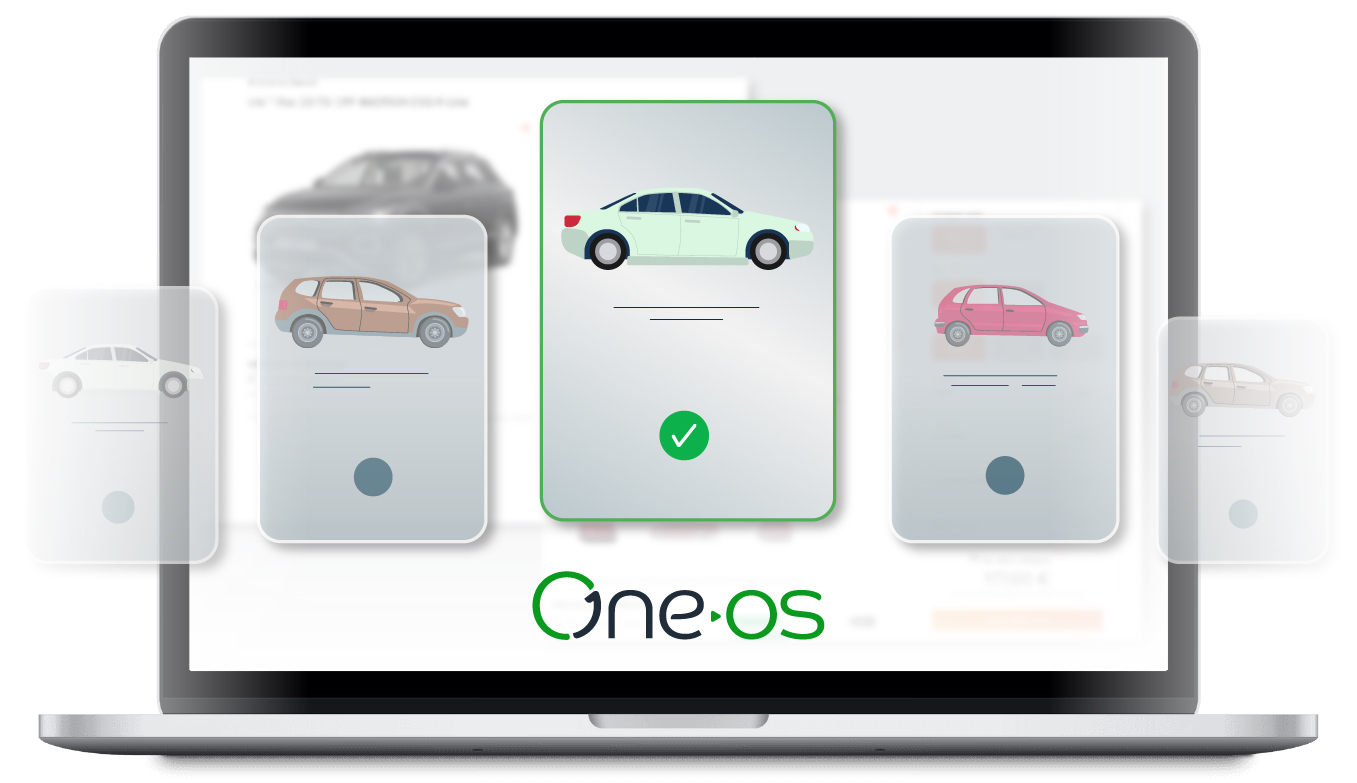Author: Stephan Siehl – General Manager/ CEO at KMS Mobility Solutions GmbH
Veröffentlichungsdatum: 13. May 2025

Warum Leasinggesellschaften jetzt auf Auto-Abos setzen müssen – und wie One-OS dabei unterstützt
Introduction: The classic leasing model is under pressure
Leasing war über Jahrzehnte das Rückgrat der automobilen Finanzierung. Die Kombination aus festen monatlichen Raten, steuerlicher Vorteilhaftigkeit und planbarer Fahrzeugnutzung machte das Modell besonders für Geschäftskunden und Flottenbetreiber attraktiv. Doch die Welt der Mobilität verändert sich rasant. Technologische Innovationen, verändertes Kundenverhalten, regulatorischer Druck und neue Wettbewerbsmodelle stellen die Branche auf den Kopf. Klassische Leasinggesellschaften stehen unter wachsendem Transformationsdruck.
Insbesondere in Deutschland, einem der größten Leasingmärkte Europas, mehren sich die Anzeichen für einen strukturellen Wandel. Immer mehr Kunden – Privatpersonen wie Unternehmen – stellen andere Anforderungen: mehr Flexibilität, kürzere Vertragslaufzeiten, vollständig digitale Prozesse und ein deutlich geringerer administrativer Aufwand. Parallel drängen neue Wettbewerber mit flexibleren Angebotsformen wie Auto-Abos in den Markt, die auf diese Bedürfnisse besser reagieren. Wer künftig erfolgreich sein will, muss sich diesen Realitäten stellen – und passende Antworten entwickeln.
1. Der Wandel im Kundenverhalten: Flexibilität statt Fixierung
Die Nachfrage nach kürzeren Leasinglaufzeiten nimmt signifikant zu. Laut der Dataforce Leasingstudie 2024 bevorzugen inzwischen 20 % der Privatleasingkunden in Deutschland Vertragslaufzeiten unter 24 Monaten. Während 36- und 48-Monatsverträge in den letzten Jahrzehnten die Regel waren, zeichnen sich heute neue Nutzungsmuster ab. Immer mehr Kunden wollen das Fahrzeug öfter wechseln, sich technologisch nicht langfristig binden (z. B. im Hinblick auf E-Mobilität) oder planen temporäre Bedarfe (z. B. Elternzeit, Probephase im Job, neue Lebensumstände).
Im Flottenbereich zeigt sich ein etwas anderes Bild: Dort dominiert weiterhin das 36-Monats-Leasing mit hoher Jahreslaufleistung (Ø 30.000 km). Doch selbst hier greifen laut Studie rund 10 % der Firmenkunden auf Langzeitmiete or Kurzzeit-Leasing zurück – etwa für Mitarbeiter auf Probe, saisonale Auftragsspitzen oder Projektteams. Der Wunsch nach mehr Flexibilität und kurzfristig abrufbaren Mobilitätslösungen ist somit auch in der gewerblichen Nutzung angekommen.
2. Auto-Abo boomt: Neue Nutzungsmuster, neue Geschäftsmodelle
The logical consequence of these trends is the success of car subscriptions. According to the CAR Institute and FAAREN Report, subscription-based mobility solutions are recording annual growth rates of 30-40%. In 2022 alone, around 63,000 new car subscription contracts were concluded in Germany. The estimate for 2023 was already over 100,000. According to scenarios, there could be up to 500,000 or even 1 million active subscription users by 2030 - a figure that could surpass private leasing in terms of size.
The subscription model strikes a chord with the times:
- Flexible Laufzeiten ab einem Monat, meist 6–12 Monate als Standard
- All-inclusive rates with insurance, taxes, maintenance, tires and service
- Digital booking & administration, often without paperwork or physical contact
- Kündigungsfristen zwischen einem Monat und drei Monaten
According to FAAREN Group Auto Abo Report 2025, the average term is 9.8 months, with over 70% of contracts falling into the 6 to 12 month range. What is particularly striking is that the subscription factor - i.e. the proportion of the instalment to the list price of the vehicle - is currently just 1.31% (private), a historic low. This makes the subscription model attractive even for cost-conscious customers.
In addition, according to ViveLaCar, 82% of subscription users are new customers who were not previously connected via traditional leasing or financing models. These user groups are young, urban and digitally savvy - and therefore often difficult to reach via conventional channels. Car subscriptions open up completely new target markets here.
3. Zwischen Nutzen und Besitz: Kundenpräferenzen differenzieren sich
Today, many end customers no longer want to own cars - they want to use them. The classic ownership model is losing relevance. According to a survey by BearingPoint, only 16% of consumers still clearly prefer vehicle ownership to flexible access (subscription, sharing, rental). This attitude is particularly strong in urban regions and among younger target groups (Gen Y & Z).
However, leasing often remains cheaper in terms of monthly instalments - which is still attractive for price-conscious buyers. Nevertheless, the line between leasing and subscription is becoming increasingly blurred: many providers are extending return options, making terms more flexible or incorporating purchase options into subscription models (so-called ‘subscription-lease hybrids’). The market is developing in the direction of a supply logic based on the principle of ‘customized mobility’. Customers can switch seamlessly between subscription, rental, leasing or purchase, depending on their life situation. This is precisely where the potential for leasing companies lies.
4. New competitors & disruptive OEM models
The established players are confronted with new business models. OEMs such as Tesla, BYD and Polestar are pursuing radical strategies: Direct sales without discounts, digital self-service processes, own financial service providers, aggressive price adjustments. Take Tesla, for example: multiple price reductions within a year have led to massive losses in residual value. Sixt alone expects to lose around €40 million in 2023 due to such distortions.
This dynamic puts traditional leasing companies under pressure. Nowadays, vehicles must be handled quickly, used flexibly and managed efficiently . Leasing providers that continue to rely on rigid structures run the risk of losing customers - or even being forced out of the market completely.
5. Was Geschäftskunden wirklich erwarten
Im B2B-Geschäft zählen längst nicht mehr nur Preis und Laufzeit. Flottenmanager und Mobilitätsentscheider erwarten heute:
- Digital tools for managing contracts, user data and vehicle fleets
- Real-time reporting on CO₂ emissions, costs and mileage
- Modular use with the option to temporarily top up or swap vehicles
- Transparent billing - even for mobility budgets
- Service excellence in the event of damage, maintenance and returns
Rigid fleet structures are becoming a problem, especially with hybrid working models (home office, changing project locations, etc.). This is where the subscription model, combined with leasing, car sharing and rental options, scores highly. The role of the leasing company is changing from financier to mobility integrator.
6. Die strategische Antwort: One-OS als Enabler für neue Geschäftsmodelle
Die größte Herausforderung für viele Leasingunternehmen liegt in der Umsetzung: Wie kann man den technologischen Sprung schaffen, ohne das Tagesgeschäft zu gefährden? Wie lassen sich unterschiedliche Mobilitätsangebote – Leasing, Miete, Abo – effizient verwalten und gleichzeitig flexibel skalieren?
One-OS from KMS Mobility Solutions provides the answer:
- A platform for expanding usage scenarios to include subscription & rental in addition to leasing
- Nahtlose Integration von B2B- und B2C-Kanälen
- Digitale Checkout-Strecken mit Onlinezahlung, Verifikation, Bonitätsprüfung
- Fahrzeugpools für Mehrfachnutzung und Auslastungsoptimierung
- Mandantenfähige Administration für Multibrand und Multistandort-Betrieb
- Standardised interfaces to DMS, accounting, payment, vehicle data & images
One-OS makes it possible to place vehicles flexibly on the market - be it via own online stores, white label solutions for partners or via closed operator models. At the same time, operational processes are automated: from contract conclusion to digital returns with claims management. This allows leasing companies to act quickly, cost-efficiently and scalably.
Fazit: Jetzt handeln – oder den Anschluss verlieren
Die Branche steht an einem Wendepunkt: Kunden fordern flexible Nutzung statt starrer Eigentumsmodelle. Neue Wettbewerber setzen digitale Standards. Hersteller drängen mit eigenen Plattformen in den Markt. Die klassische Rolle der Leasinggesellschaft steht zur Disposition.
But now is also a historic opportunity: those who actively shape digitalisation can tap into new target groups, generate additional business and position itself as a more future-orientated mobility provider. One-OS provides leasing companies with the technological foundation for this - without expensive in-house development, but with maximum freedom of design.
Leasing was yesterday. Mobility is today. Are you ready?
Sources: Current figures & insights from the FAAREN Abo Report 2025, the CAR-Institut in Duisburg, Dataforce, »kfz-betrieb«/Roland Berger and furthermore.




